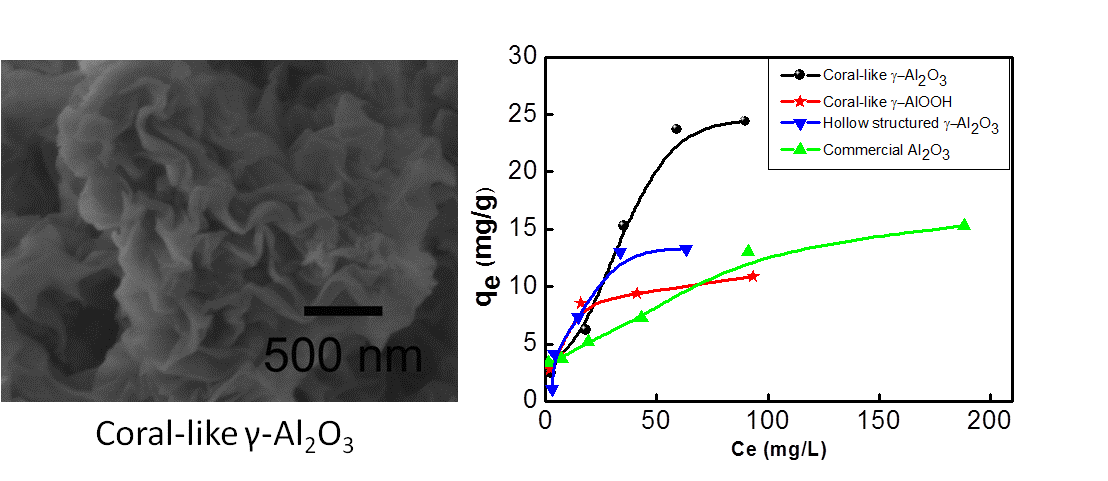 Published earlier this year in the Journal of Colloid a new study from researchers at Anhui Jianzhu University in China has explained how they have adapted coral like structures into nanotechnology that removes mercury from water. Using aluminum oxide Dr. Xianbiao Wang and his scientists have developed nanoplates capable of removing 2.5 times more mercury than traditional nanoparticles designed to achieve the same result. “Adsorption is an easy way to remove pollutants from water, so developing new products that can do this is a big challenge in environmental remediation,” said Dr. Xianbiao Wang, an author from Anhui Jianzhu University. “The chemical and physical structure of such products is very important, it is interesting to design and fabricate adsorbents with different structures to see how they behave. In particular, materials that mimic biological adsorbents like coral have potentially huge applications.”
Published earlier this year in the Journal of Colloid a new study from researchers at Anhui Jianzhu University in China has explained how they have adapted coral like structures into nanotechnology that removes mercury from water. Using aluminum oxide Dr. Xianbiao Wang and his scientists have developed nanoplates capable of removing 2.5 times more mercury than traditional nanoparticles designed to achieve the same result. “Adsorption is an easy way to remove pollutants from water, so developing new products that can do this is a big challenge in environmental remediation,” said Dr. Xianbiao Wang, an author from Anhui Jianzhu University. “The chemical and physical structure of such products is very important, it is interesting to design and fabricate adsorbents with different structures to see how they behave. In particular, materials that mimic biological adsorbents like coral have potentially huge applications.”
Heavy metal contamination impacts all forms of life living with the water column and most specifically by absorption. Coral are equally effected as fish so the porous nature of coral structures was natural adapted to current technologies by Dr. Wang and his team. “We are very excited about the results, which provide a good example for the production of coral-like adsorbents,” said Dr. Wang. “We hope our work provides inspiration for more research into the development of materials that mimic biological organisms” concludes Dr. Wang. Read more here!









0 Comments